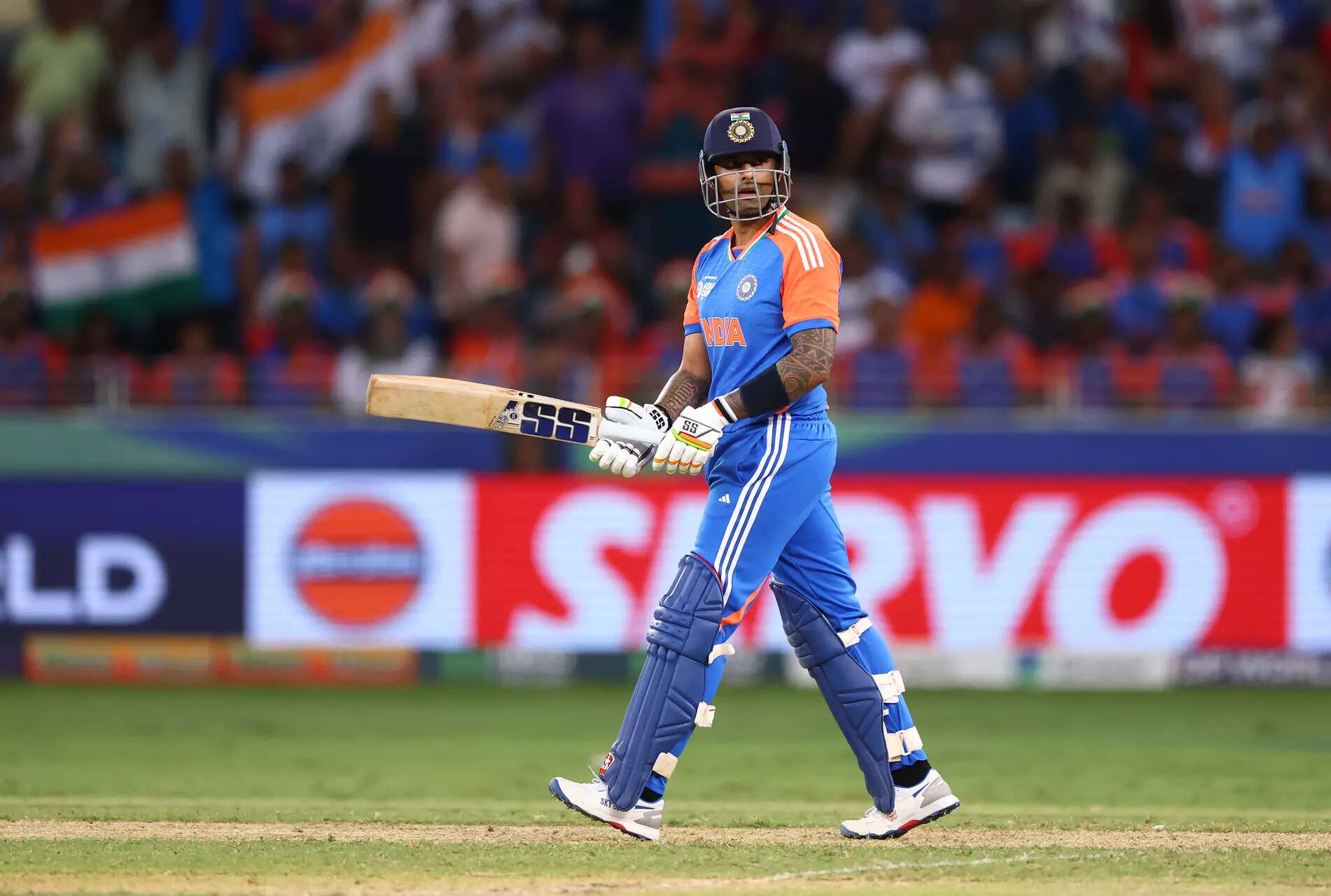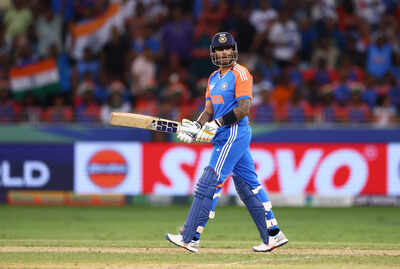Dubai: Before the start of the Asia Cup, there were apprehensions about how India’s batting would hold up in the post-Rohit Sharma and Virat Kohli era. There was also concern that Suryakumar Yadav — India’s only true 360-degree batter, with a career strike rate near 170 — would be under tremendous pressure to keep the tempo high, taking significant risks in the process. The fear was simple. If the India T20 captain got out early, India’s scoring rate might nosedive because no one else could replicate his strike rotation and boundary-hitting frequency. India, it seemed, lacked a second ultra-aggressive middle-order option in the mould of Australia’s Glenn Maxwell or England’s Harry Brook. Opposition teams often plan specifically to dismiss Surya early. When they succeed, India have historically tended to finish with below-par totals. On slow pitches like those in the UAE, expecting one batter to carry the middle overs alone is a risky bet. The game against Pakistan, however, offered a glimpse of a new India — one that seems to have a well-laid-out strategy for all surfaces. “The management has told everyone in the team that apart from the openers, all batters should be flexible — anyone can bat anywhere depending on the situation. In T20 cricket, if you are playing with seven batters, everyone has to make a small impact. That’s what makes a team dangerous,” Surya said after India’s seven-wicket win on Sunday.
This tactical approach mirrors what England successfully implemented during their 2022 T20 World Cup triumph — when players like Moeen Ali, Liam Livingstone, and Ben Stokes frequently floated up or down the order based on match-ups and game situation. The idea was simple: put the right batter in at the right time, not just follow a fixed batting order. With Abhishek Sharma and Shubman Gill providing brisk starts, Surya can now afford to dial down his risk-taking when required. Against Pakistan, he did exactly that — compiling a measured 47 off 37 balls to steer the chase. Tilak Varma at No. 4 adds left-handed balance and clean hitting on both sides of the wicket, while Hardik Pandya at No. 5 can either rebuild or launch, depending on the match situation. Add to that a set of floaters like Shivam Dube, Sanju Samson, and Axar Patel, and India suddenly have a middle order that isn’t as one-dimensional as before. “Pressure is always there when you play against any team — but that’s where the fun is. If you don’t have butterflies, you won’t enjoy overcoming them once you step on the ground,” Surya reflected. India’s batting numbers may still fluctuate, he admitted, but the approach is clear. Before Sunday, Surya’s highest score against Pakistan was just 18. But after India lost Gill and Abhishek midway through the chase, he took control of the game by building a crucial 56-run partnership with Varma. It showed he was willing to curb his natural instincts for the team’s cause. Surya acknowledged that his numbers against Pakistan weren’t great but stressed he was working on improving them. “If something goes up and down, it’s okay. We go back to the drawing board and try to do better next time. But today, it felt good to stay there till the end — that was important,” he said.













